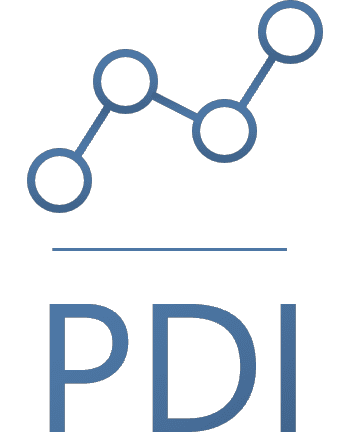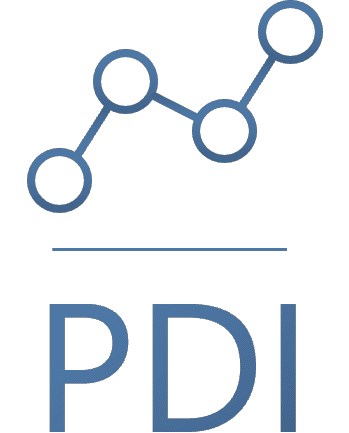Washington Crash Data
Standardization
Our dashboard provides a standardized way of using and analyzing crash data across different departments within a city. This means that departments like Public Works and Public Safety can now communicate more effectively using the same standardized form.
Statewide Benchmarking
Our Power BI dashboard offers dynamic mapping functionality and statewide benchmarking rankings. This allows you to visualize crash data geographically and compare your city’s safety performance with others across the state.
This is a sample report for illustrative purposes only. It does not represent the final product, but rather an example of what it could look like. The data used in this report is fictitious and does not reflect the actual situation.
FAQs
How often is the data updated?
- Updates to the data occur annually, following the release schedule of WSDOT, typically in May.
Who hosts the data?
- Public Data Intelligence is the host of the data. Access to the report is facilitated through a provided website link.
How much does this report cost?
- Pricing for the report is variable and correlates with the population group of your jurisdiction. Please schedule a consultation for pricing information.
What about licensing?
- The number of users that can access the report is determined by the population group your jurisdiction belongs to. Additional users can be added for a fee.
Can other cities see your data?
- For the Overview and Analysis pages, users will only be able to see the data specific to their jurisdiction. The Benchmark page offers aggregate statistics from various cities for comparative purposes.
How does training work for these reports?
- The implementation package includes instructional videos for training purposes.
Is the report colorblind friendly?
- Yes, we have chosen a colorblind-friendly color palette. Power BI also has high-contrast options built in.

